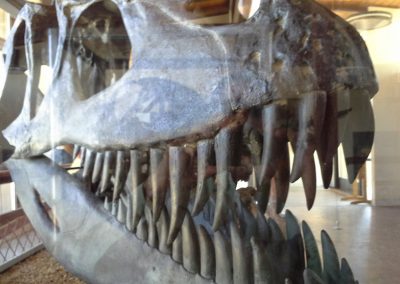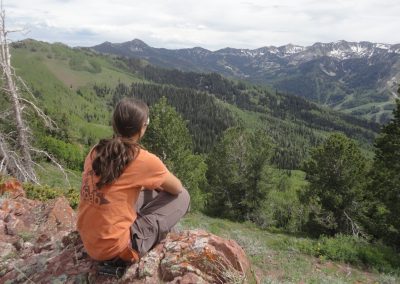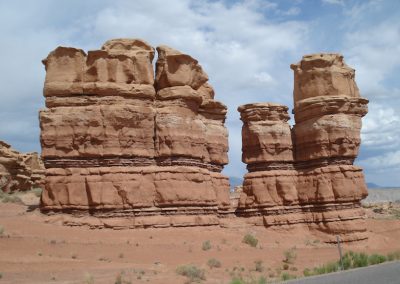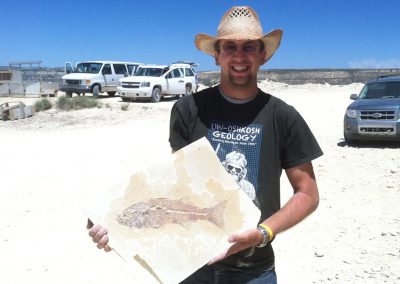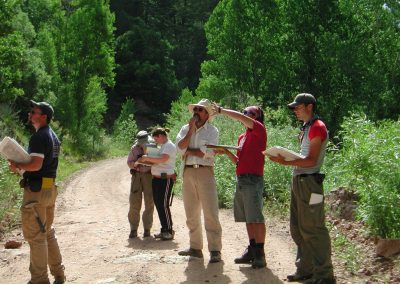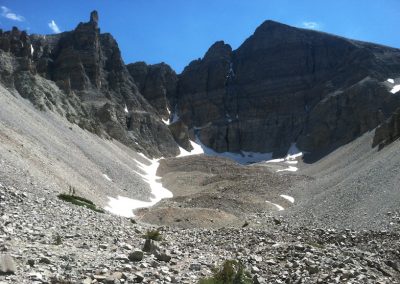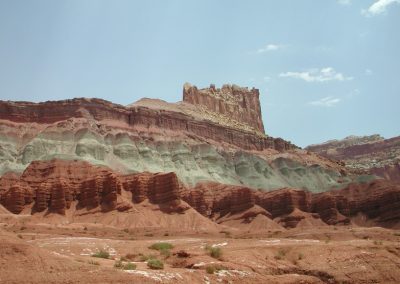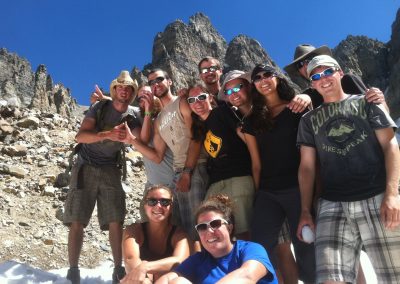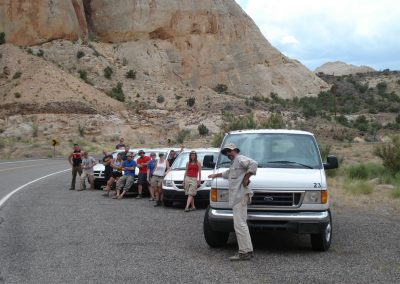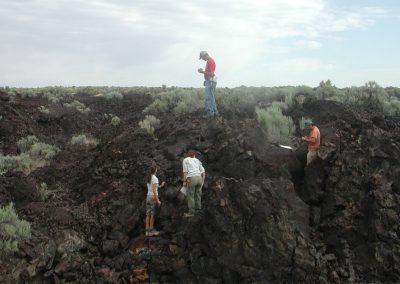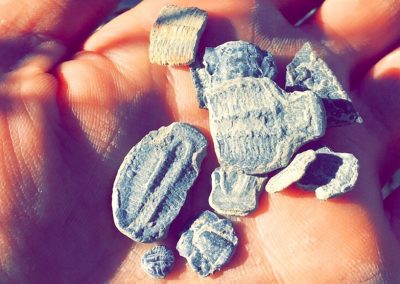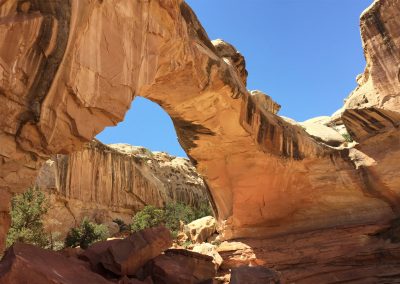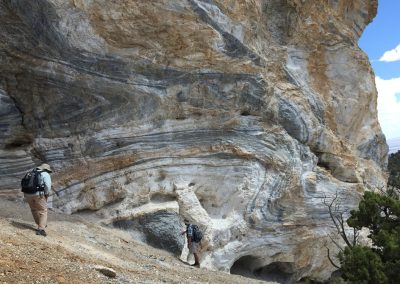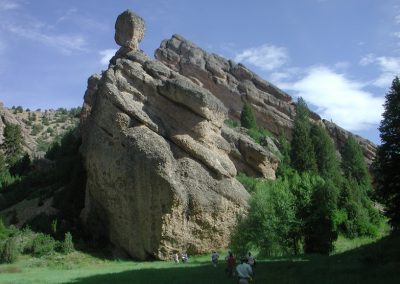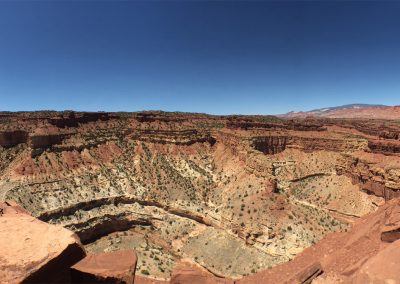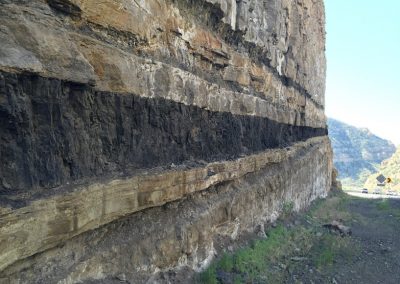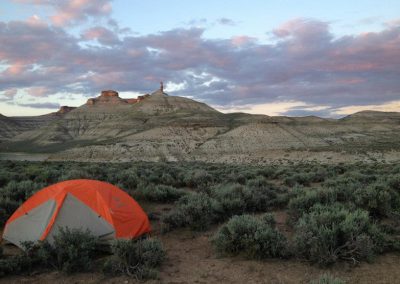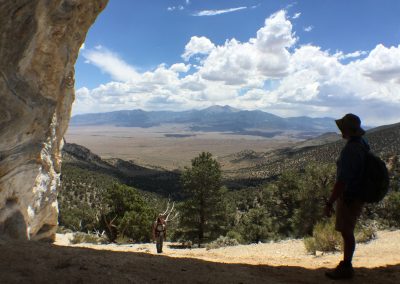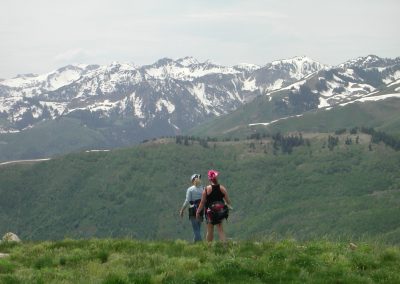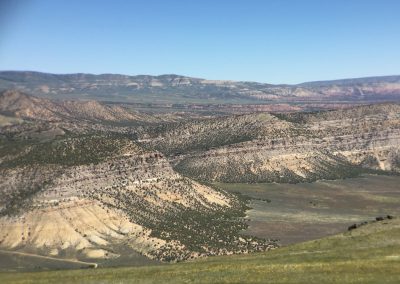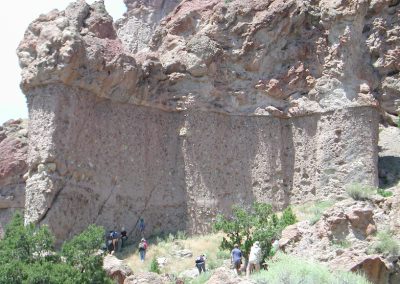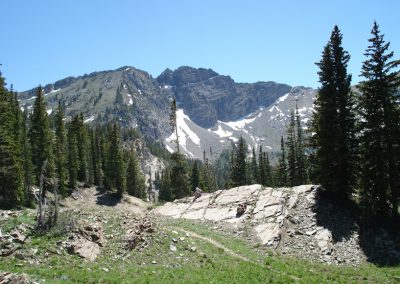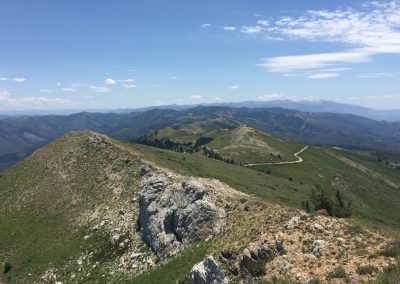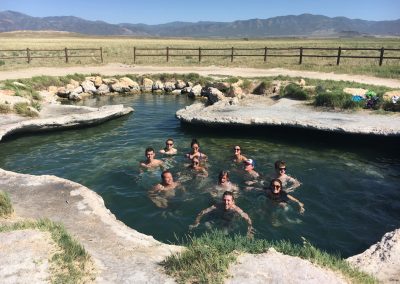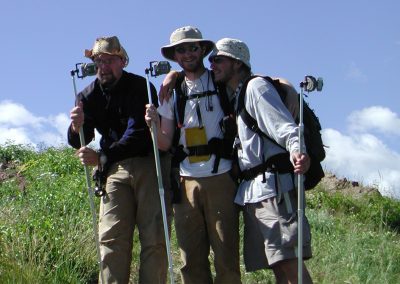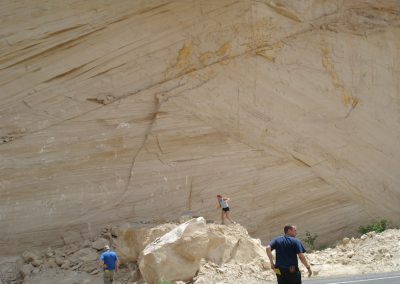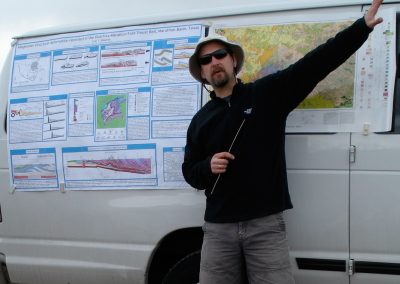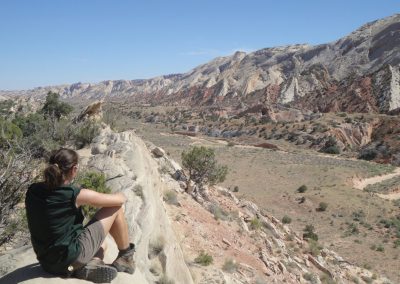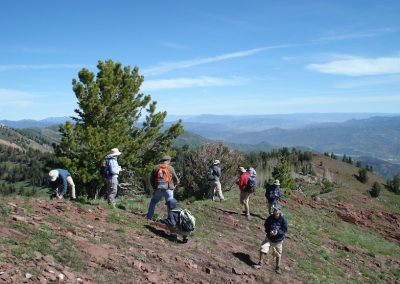Join us in Utah this summer!
Our summer geology field camp is designed to expose students to a wide variety of rock types and geologic settings. Projects are conducted in the Wasatch Mountains, as well as other parts of Utah and Nevada. Working in these areas allows us to examine various aspects of the contractional and extensional tectonic history of the North American Cordillera. Field areas include intrusive rocks, deformed sedimentary rocks, contact and regionally metamorphosed rocks (greenschist to amphibolite grade), and Quaternary landscapes and deposits.
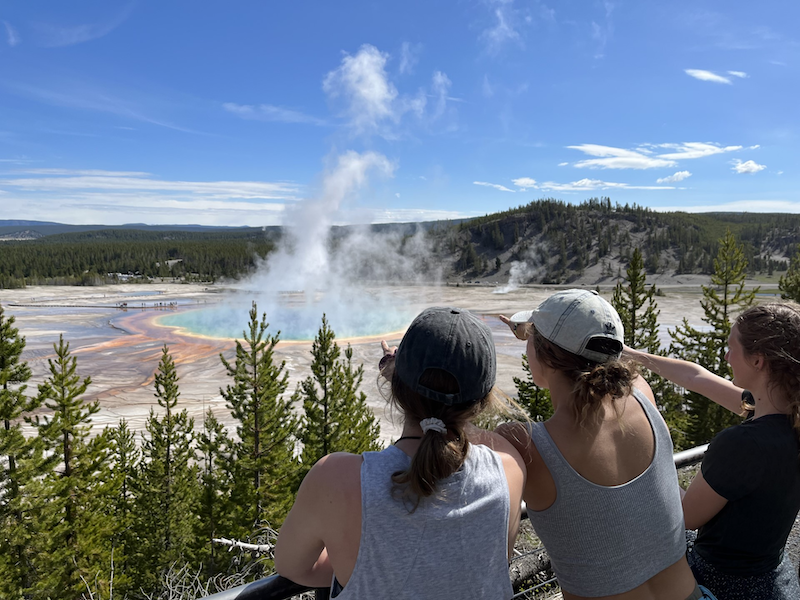
Projects
Critical thinking skills are emphasized in our field course in the sense that students are required to think critically about the geology by examining field relationships. The curriculum is steeped in the fundamentals of geology and emphasizes field based analyses in field trips and projects.
This six week field course involves a series of projects that may vary from one to five days in length, with some of the longer, more involved projects occurring later in camp.
Projects involve geologic mapping, rock descriptions, cross-section construction, stratigraphic section measurement and descriptions, stereonet analysis, and interpretations of geologic histories. The projects are challenging, but considerable guidance and feedback are given during the course through interaction with the faculty, both in and out of the field, to assure that students become independently thinking geologists as the course progresses.
Field Trips
The location of our field camp is ideal for geologic field trips within a wide variety of geologic settings. The field trips take advantage of geologic points of interest that include, but are not limited to Cleveland-Lloyd Dinosaur Quarry, the Great Salt Lake, the Bingham Copper Mine, the Uinta Mountains, Capitol Reef National Park, and Great Basin National Park. Field trip lengths vary from a day to a week and we will be camping on the longer trips. Some of the field trips include projects designed to introduce students to geology not found in the immediate Wasatch Mountain area.
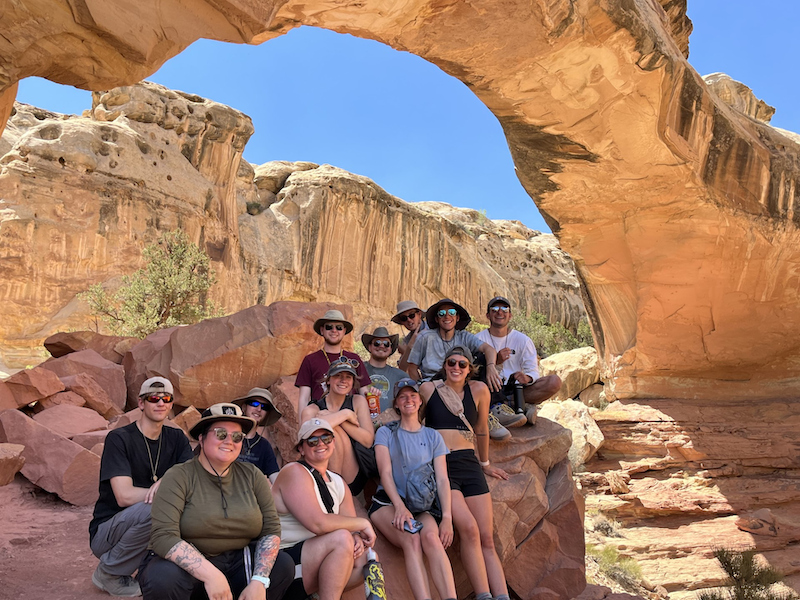

Field Trips
The location of our field camp is ideal for geologic field trips within a wide variety of geologic settings. The field trips take advantage of geologic points of interest that include, but are not limited to Cleveland-Lloyd Dinosaur Quarry, the Great Salt Lake, the Bingham Copper Mine, the Uinta Mountains, Capitol Reef National Park, and Great Basin National Park. Field trip lengths vary from a day to a week and we will be camping on the longer trips. Some of the field trips include projects designed to introduce students to geology not found in the immediate Wasatch Mountain area.
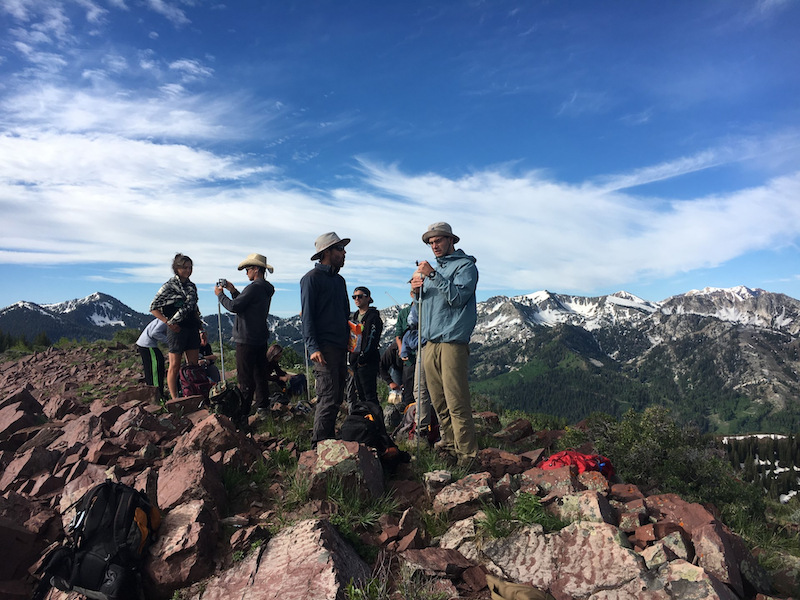
Conditions
Project areas range from 5,000 to just over 10,000 feet above mean sea level. Weather can be variable (sun, hot, cold, rain, and rare hail or snow). All of the project areas have relief, commonly on the order of 1000 ft., which might not seem like much until you place it at about 10,000 feet above sea level! When working on projects (which is what we do for the majority of the class), we park the vans and then go on foot for the rest of the day (off trail). We pack lunch and water in our backpacks to be self sufficient. None of the field areas are flat, which means that you need to hike up and down elevation while working the projects.
The amount of hiking we do is typical for field camp classes in general. Some projects involve hiking to get in and out of a certain portion of a field area and in most cases, when working projects, there will not be immediate help for health related issues. We will sometimes be up to an hour hike from the vans, which are commonly a .5 to 1 hour drive away from possible medical facilities. These time estimates vary depending on hiking rates and field project localities.
On top of all the hiking, students need to critically think about the geology. This might seem trivial, but the combination of physical and mental exercise that is done at any field camp can be exhausting. Because of these factors, we urge you to check with your doctor regarding medical issues.
Lodging & Logistics
Location
The field camp is based in Park City, Utah, a town with a population of ~8,000 located in the Wasatch Mountains to the east of Salt Lake City at an elevation of ~7,000 feet above mean sea level. Park City owes its origin to mineral prospecting in the 1860s and 1870s and is currently a popular destination for winter sports activities. It hosted some of the events of the Salt Lake City Winter Olympics 2002.
Housing
While in Park City, we will reside in condominiums equipped with a full kitchen, bathrooms, laundry machines, cable television, and phone. All the telephones require calling or credit cards for long distance calls. Each condominium houses up to six students with two students per bedroom. The condominiums have all of the basics including dinnerware, linens, and towels. Students are responsible for cleaning the condominiums, towels, and bed linens. Food is bought and prepared by the individual or in small groups.
We will also take camping trips to various locations in central Utah and eastern Nevada. While away from Park City, we will camp in tents. Students need to bring their personal tent, sleeping bag, sleeping pad, and dinnerware for camping. Cooking gear (stoves, pots, and pans) is provided by the department. See the Field Trips section for more info on camping trips.
Transportation
Travel throughout the course is covered by your course fee. Multiple vans will be used by the group for transportation.
Food
Food is extra and is prepared by the individual or in small groups.
Gear
The following list details the equipment and supplies that you will need for the course. Download Gear List
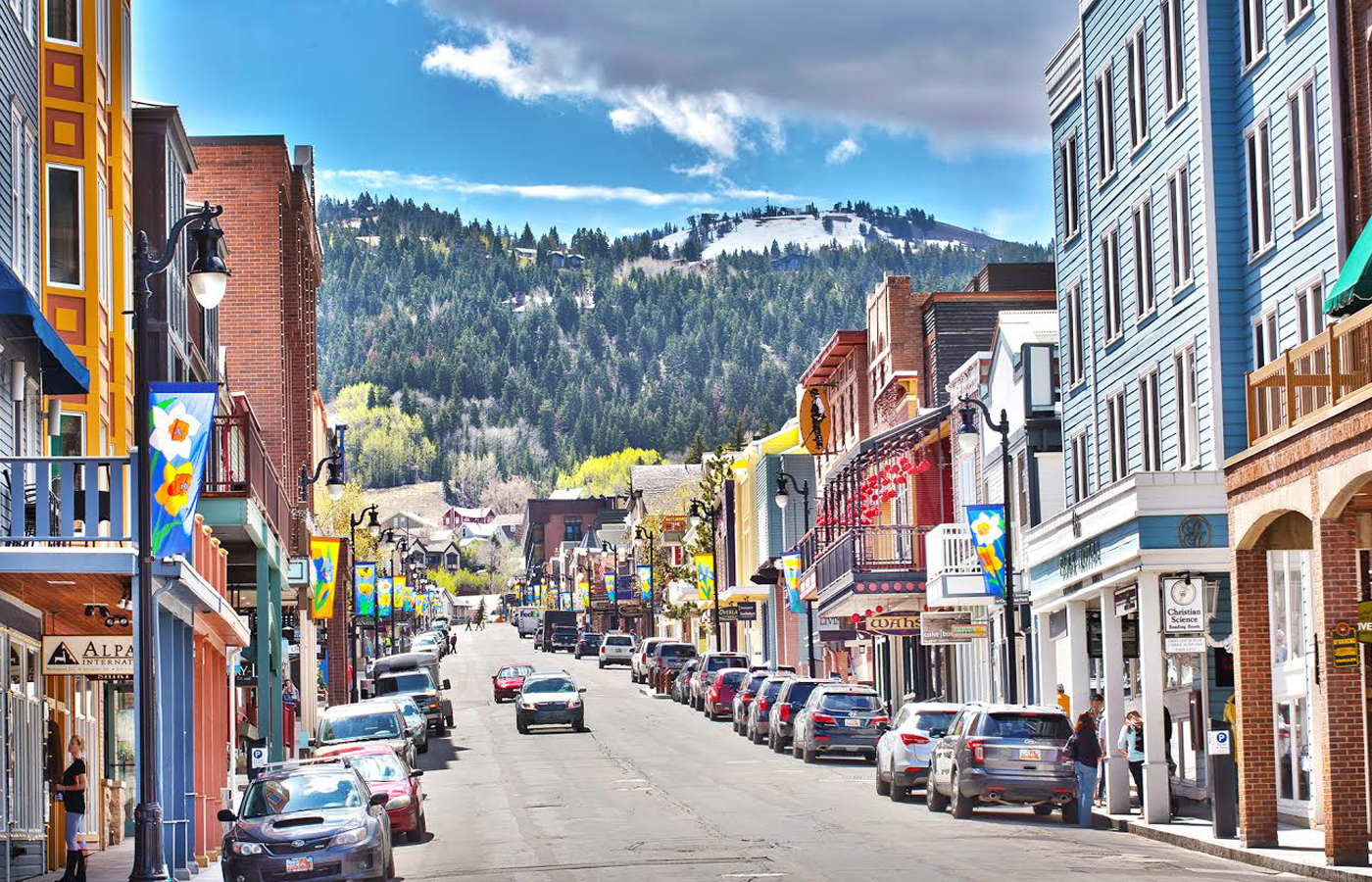

Lodging & Logistics
Location
The field camp is based in Park City, Utah, a town with a population of ~8,000 located in the Wasatch Mountains to the east of Salt Lake City at an elevation of ~7,000 feet above mean sea level. Park City owes its origin to mineral prospecting in the 1860s and 1870s and is currently a popular destination for winter sports activities. It hosted some of the events of the Salt Lake City Winter Olympics 2002.
Housing
While in Park City, we will reside in condominiums equipped with a full kitchen, bathrooms, laundry machines, cable television, and phone. All the telephones require calling or credit cards for long distance calls. Each condominium houses up to six students with two students per bedroom. The condominiums have all of the basics including dinnerware, linens, and towels. Students are responsible for cleaning the condominiums, towels, and bed linens. Food is bought and prepared by the individual or in small groups.
We will also take camping trips to various locations in central Utah and eastern Nevada. While away from Park City, we will camp in tents. Students need to bring their personal tent, sleeping bag, sleeping pad, and dinnerware for camping. Cooking gear (stoves, pots, and pans) is provided by the department. See the Field Trips section for more info on camping trips.
Transportation
Travel throughout the course is covered by your course fee. Multiple vans will be used by the group for transportation.
Food
Food is extra and is prepared by the individual or in small groups.
Gear
The following list details the equipment and supplies that you will need for the course. Download Gear List
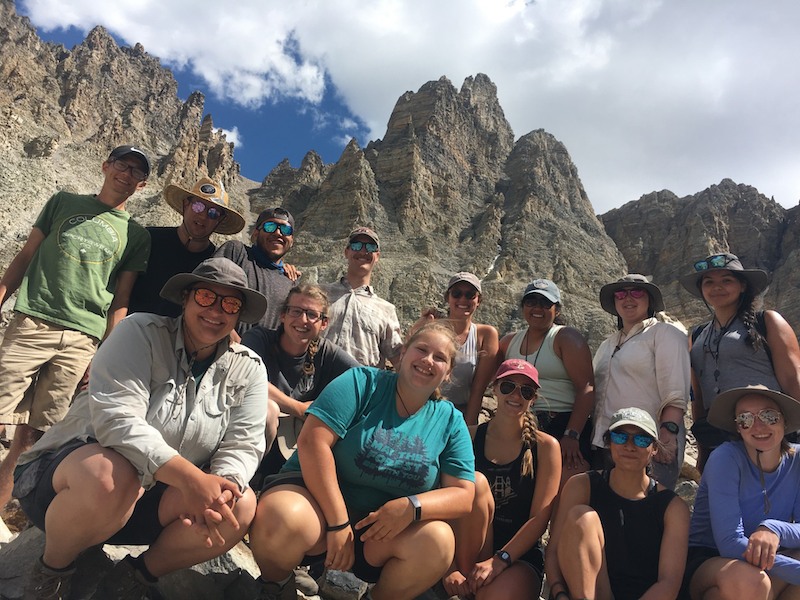
Prerequisites & Cost
Required courses include Physical Geology, Historical Geology, Mineralogy, Lithology (Petrology), and Structural Geology. Strongly recommended courses include Paleontology, Sedimentology, and Stratigraphy.
The estimated cost for the six credit class is $4222.00 (in-state) and $4222.00 (out-of-state). This includes tuition, transportation (including the trip to and from Utah from Oshkosh), lodging, fees, and supplies. Food is extra and is prepared by the individual or in small groups. NAGT (National Association of Geoscience Teachers) offers $750 scholarships to help defray field camp costs. Visit NAGT for information, deadlines and an application.
Meet the Instructors
This geology field camp is taught by Dr. Tim Paulsen and James Amato. Tim Paulsen is a structural geologist who has been working and teaching in the Wasatch Mountain area for over twenty years. James Amato has a broad background in fields geology and teaching, with an emphasis in sedimentology, glacial geology, geophysics, and GIS.
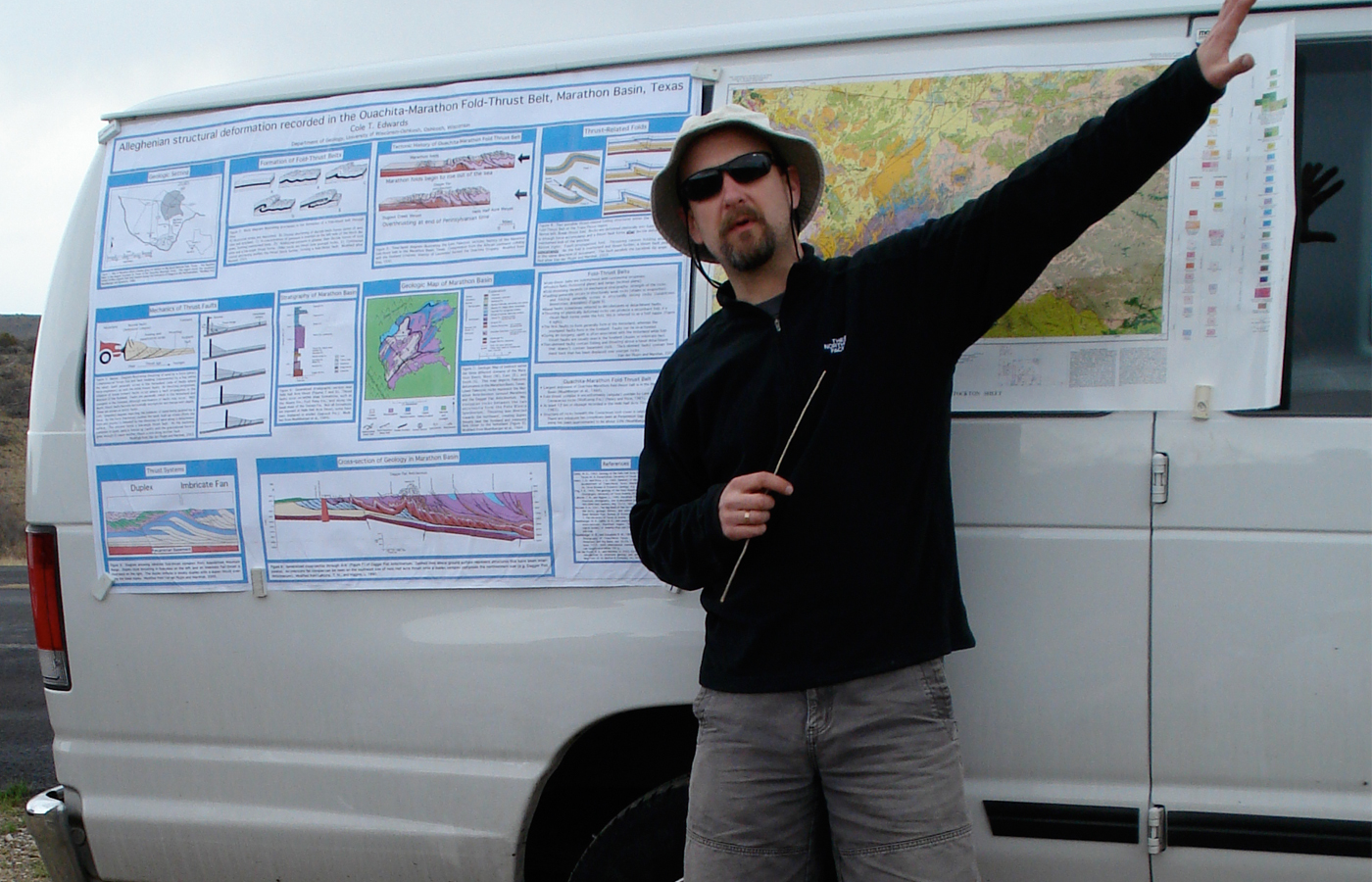

Meet the Instructors
This geology field camp is taught by Dr. Tim Paulsen and James Amato. Tim Paulsen is a structural geologist who has been working and teaching in the Wasatch Mountain area for over twenty years. James Amato has a broad background in fields geology and teaching, with an emphasis in sedimentology, glacial geology, geophysics, and GIS.
Application Materials
Admission into this field course is on a first come first serve basis. Preference is given to University of Wisconsin Oshkosh students, but we nearly always have space for students from other universities. However, space is limited, so students should submit an application form as soon as possible. Once you have been accepted into the course, a $1000 down payment will be due to secure your spot in the class.
Download, complete and send the application to:
Dr. Tim Paulsen
UW Oshkosh / Dept. of Geology
800 Algoma Blvd.
Oshkosh, WI 54901
paulsen@uwosh.edu
Students attending the trip should also submit the following forms and materials to Dr. Tim Paulsen:
- Waiver
- Medical Questionnaire
- Proof of Medical Insurance (a photocopy of your medical insurance card)
- Driver Authorization Form (for ALL students)
- Out-of-State Driver Authorization Form (additional form for out-of-state students only)
Payment
In order to reserve a spot in the class, students need to pay an initial $1000.00 installment, to be followed by a second $1000.00 installment, and a final installment (remainder of fee). Please contact the field camp director regarding payment information and schedule.
Refunds
Fees will be considered non-refundable once paid, unless that student’s position in the course can be filled. Partial refunds (e.g. extenuating circumstances which require a student to depart the course early) will be considered on an individual basis by the field camp director.
Driving Certification
Students must submit the necessary paperwork (see above) to apply to be authorized to drive University vehicles In-state students are required to submit one form, whereas out-of-state students are required to submit an additional form that has to be signed in the presence of a Notary Public. A Notary Public can be found in 125 Dempsey Hall, UW Oshkosh Campus. Driver authorization forms (see above) need to be submitted to Pat Bernhardt at Fleet Vehicles on campus. Out-of-state students should send their driver authorization materials directly to the field camp director.
Gear: This gear list details the equipment and supplies that you will need for the course.
Geology Department
Harrington Hall, Room 215
geology@uwosh.edu
(920) 424-4460
About the Program
Courses and Advising
Current Students
Alumni
Media
News
Faculty and Staff


